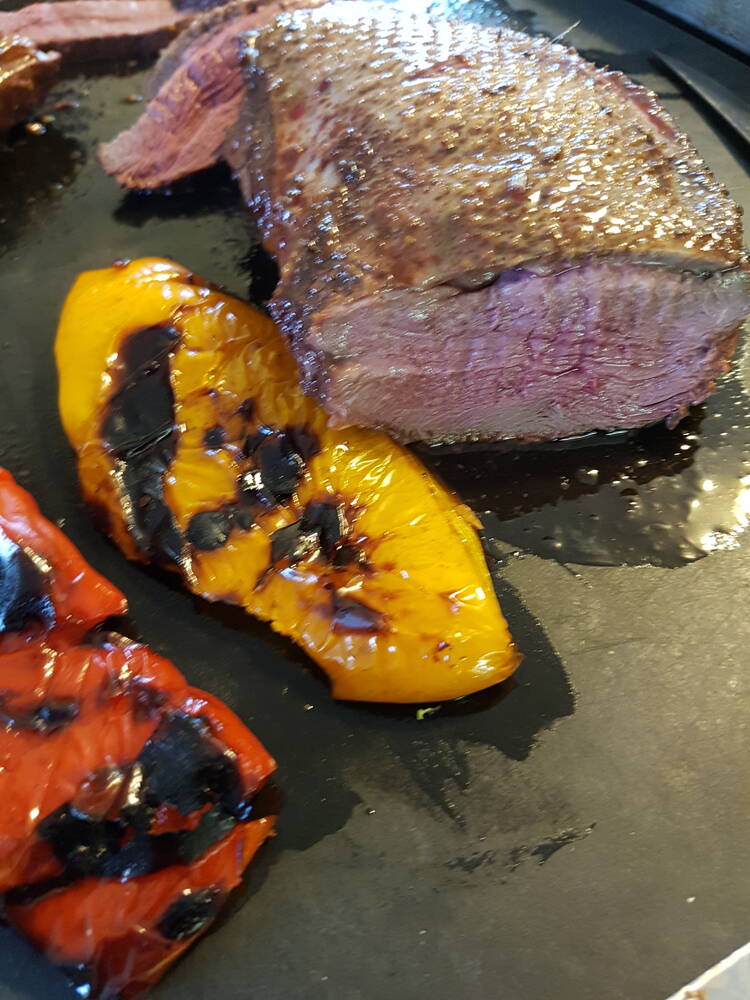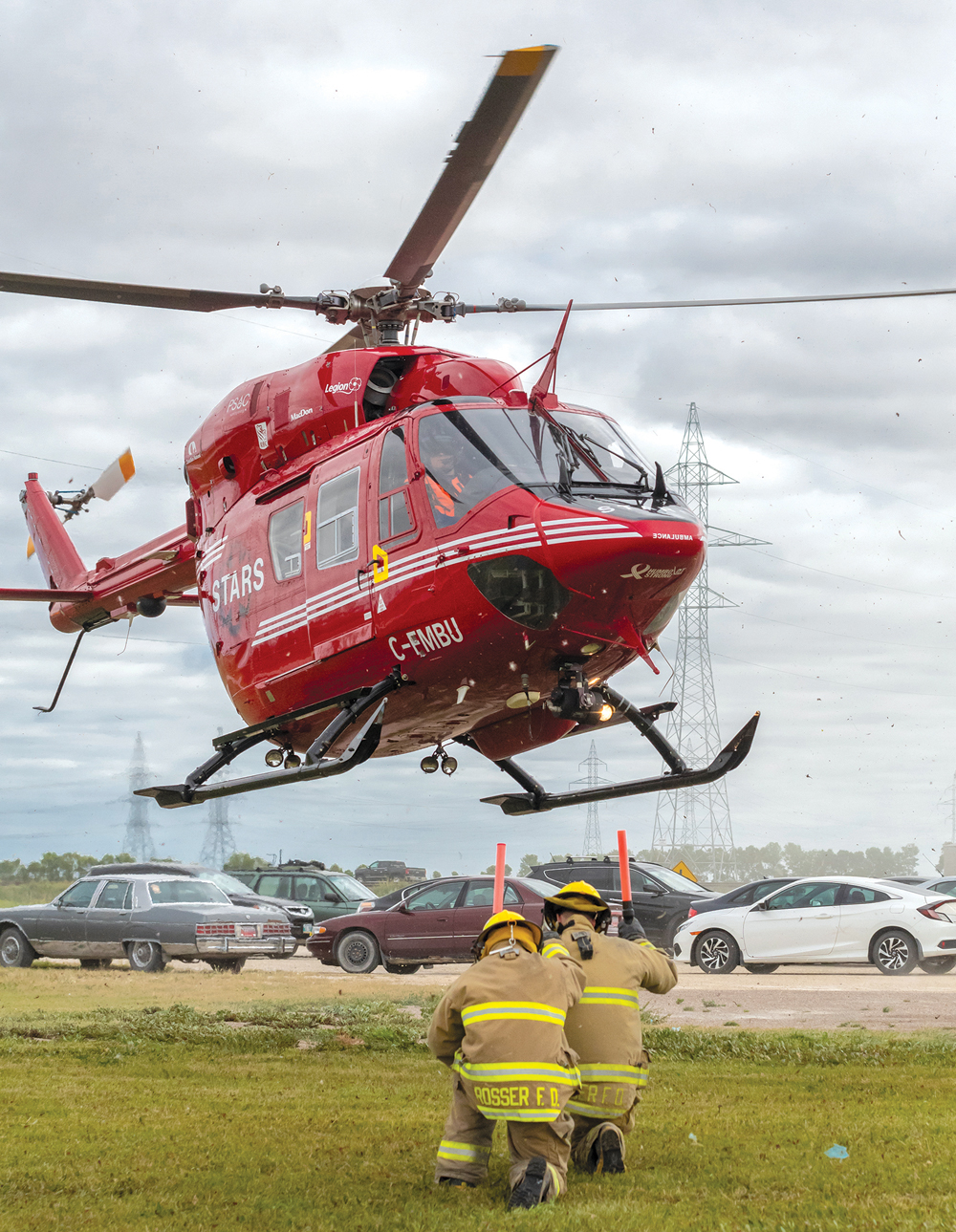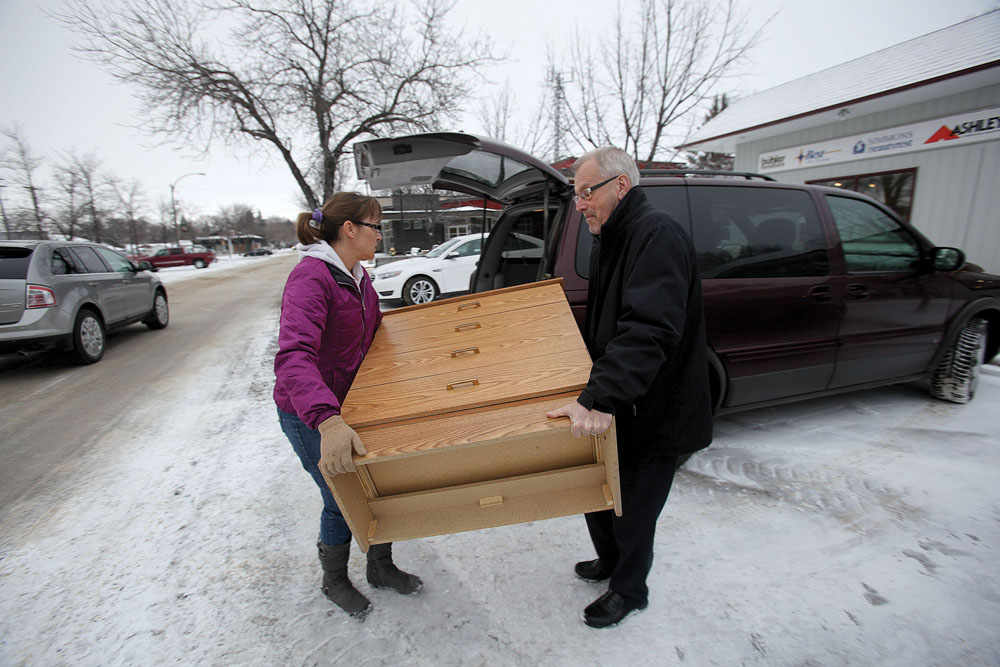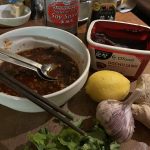Arabic music played in the background as a group of 10 leaned over sewing machines and cutting-and-piecing tables in the upper room of the MacGregor United Church. Outside it was a lovely spring day, but inside seven women and three teenaged girls were hard at work on a quilting project that had brought together several different cultures. The plan was to create and sew a pair of twin-size quilts, one for each of the two refugee families which had arrived in Portage la Prairie over the past winter.
Both families, although originally from Syria, had spent years in refugee camps in Lebanon and Turkey before being sponsored by the Portage & Area Refugee Coalition, a loosely formed group which includes members of Trinity United Church, St. Mary’s Anglican Church, Good Shepherd Roman Catholic Church, MacGregor United Church, Baker Hutterian Brethren and various community groups. One family arrived at the beginning of November, the other shortly before Christmas (during one of December’s snowstorms).
Read Also

Giant Canada geese have gone wild in Manitoba
Giant Canada geese are seemingly everywhere and can be fine table fare for local hunters, but 70 years ago, they were borderline extinct.
The quilt project was the joint brainchild of two MacGregor-area women, Heather Stone and Heather Martens-Rempel. They and others from the MacGregor quilting group donated fabric in a variety of colours, sufficient to make two quilts. After much deliberation, the pattern they chose was an intriguing one called “Chock Full o’ Charms,” from an Ann Anderson design. Some preparatory cutting was done ahead of time so that once the group convened, there would be something to start on right away. By 10 a.m., everyone was hard at work.
The 10-person group which gathered to piece the top layer of the quilt included five of the Syrian refugees — two adults and three teens from the Bakr and AlHalaq families — as well as three MacGregorites and two women from Portage. One of the Syrians was a seamstress in her former country and the others had some skills of cutting and sewing. Although none of the people who regularly help with translation was able to attend, the refugees have already developed some ability to communicate, through attending language classes and school classes in Portage.

As a non-quilter, I was interested to watch the team at work. One member was busy cutting fabric, another pinning the small fabric pieces together. Three or four were busy at sewing machines, while one was ironing the stitched pieces flat. Once strips were completed, others were arranging them in a pleasing pattern.
At noon, the group broke for a potluck lunch, supplied by the MacGregor quilters. Tables were pushed together and soup, salad, hummus, veggies and fruit were shared by all. The refugee group provided a sweet Syrian cake for the coffee/tea breaks.
By shortly after 4 p.m. the main, centre parts of both quilts were completed. A draw was made to decide which family would receive which quilt, and both families seemed happy with the result.
Borders still needed to be attached, but plans were made for this sewing to be done a week or two later by the MacGregor quilters. The tired group called it quits for the day, the people from Portage departed, and the MacGregor crew did the cleanup.
The next stage of the project — the actual quilting of the different layers — was to be done free of charge by members of the Fairholme Community Quilting (a Hutterite colony southwest of Portage), under the direction of Anna Maendel. Once that was complete, one more step remained — the final binding — which would be done by the MacGregor quilters.
The finished quilts would then be given to the two Syrian families — a wonderful example of a cross-cultural undertaking which brought together several different communities — a learning experience for all.















